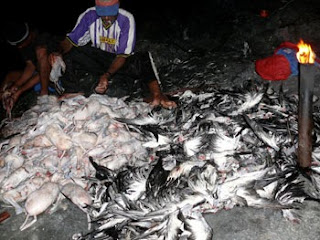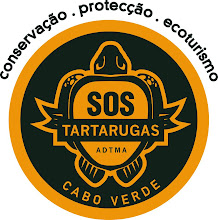 By customising tiny 9gm tags usually used for birds, scientists have been able to track a group of 4-6 month old turtles. The turtles were released in Palm Beach. Prof Wyneken of Florida Atlantic University said "The turtles varied a lot in their movements, more so than we expected. They're likely doing much more than just paddling straight to the deep water and riding the current."
By customising tiny 9gm tags usually used for birds, scientists have been able to track a group of 4-6 month old turtles. The turtles were released in Palm Beach. Prof Wyneken of Florida Atlantic University said "The turtles varied a lot in their movements, more so than we expected. They're likely doing much more than just paddling straight to the deep water and riding the current."Now if we could only raise £32,000 we could tag one of our own little loggerheads!
Read the full story here.






